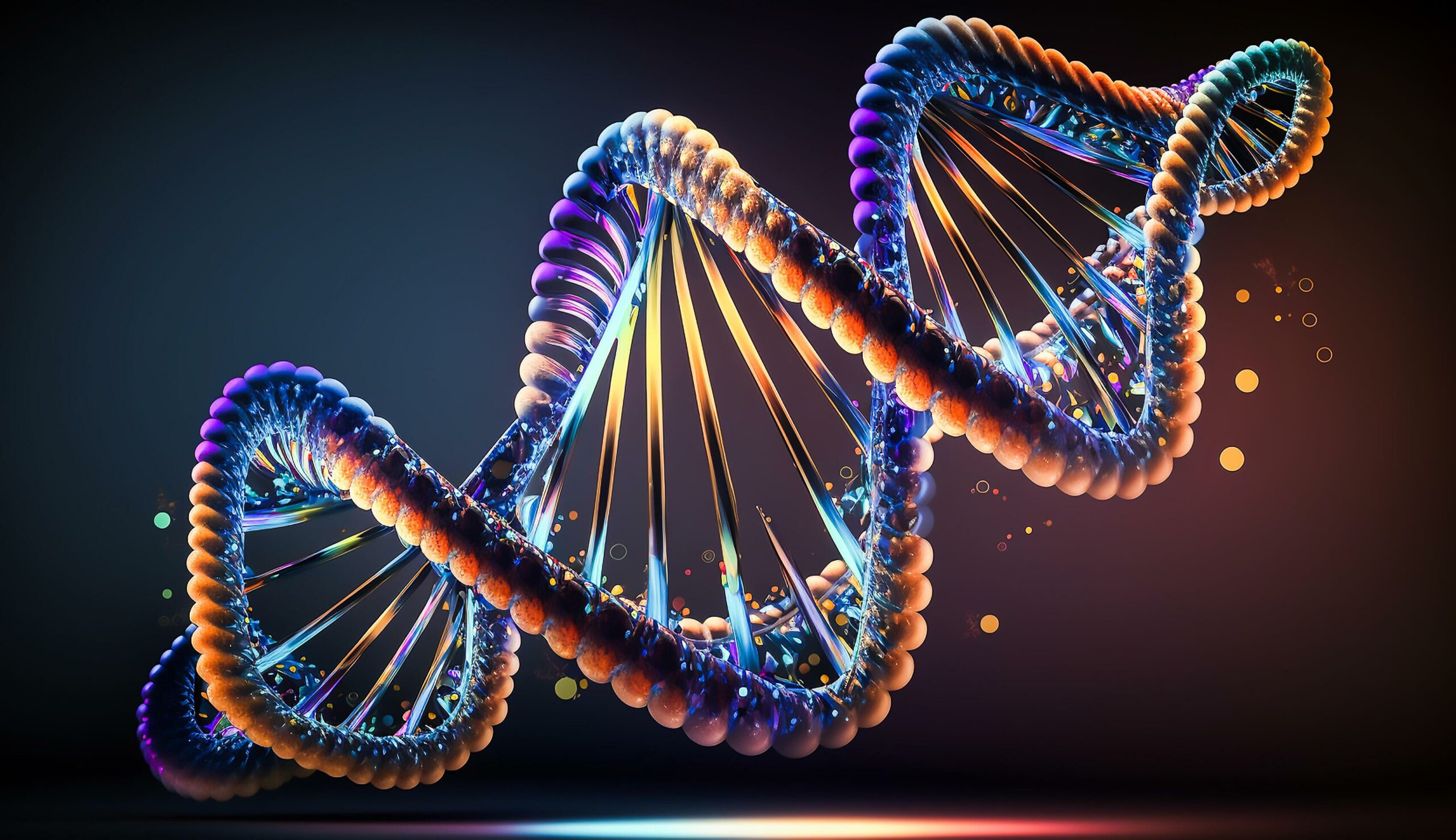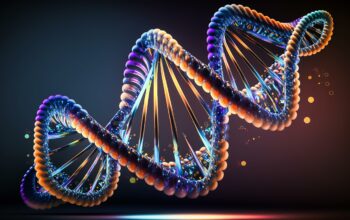The convergence of nanotechnology and structural biology has engendered an era of unprecedented innovation, marked notably by the advent of DNA pyramids. This nascent domain of nano-architecture encapsulates a synthesis of biological principles and engineering prowess, forging pathways into realms previously constrained to theoretical speculation. DNA, the quintessential molecule of life, now finds new utility beyond its hereditary implications, as researchers harness its intricate structures and inherent programmability to fabricate bespoke nano-architectures. This discourse elucidates the implications, methodologies, and prospective applications of DNA pyramids within the broader framework of nanotechnology.
At its core, the notion of DNA pyramids pivots on the principle of self-assembly. The double helix structure of DNA comprises nucleotides that pair in a specific, complementary manner. By deftly manipulating these sequences, scientists have the ability to dictate the molecular topology, guiding DNA strands to autonomously construct complex geometrical forms, such as pyramids, with remarkable precision. This self-assembly not only minimizes energy expenditure but also accelerates the process of construction, unveiling an elegant parallel to natural systems in which organisms construct intricate structures for survival and reproduction.
The foundational work in this field typically resonates with the pioneering endeavors of Nadrian Seeman, who first posited the potential for DNA to serve as a structural scaffold. Through iterative design and innovative approaches, subsequent research has led to the conception of DNA origami; however, the emergence of the DNA pyramid represents a more sophisticated iteration, incorporating spatial engineering to achieve three-dimensional constructs. These innovations leverage the unique ability of DNA to form multidimensional frameworks that can encapsulate molecules or serve as scaffolds for catalytic activity.
One of the paramount advantages of employing DNA pyramids in nano-architecture lies in their versatility and tunability. The programmable nature of DNA allows for the integration of various functional components, including peptides, proteins, and even small molecules, resulting in highly customizable nano-constructs. This could facilitate a multitude of applications, from targeted drug delivery systems that release therapeutics at specific cellular locales to advanced biosensors that exhibit heightened sensitivity and specificity towards analytes of interest. Such applications herald a transformative approach to medicine, as therapies can be engineered at the molecular level to optimize patient outcomes.
The geometrical sophistication of DNA pyramids further offers novel avenues for exploration within molecular electronics. By constructing pyramidal structures that can act as molecular logic gates or switches, the integration of biological materials with traditional electronic substrates creates opportunities for bio-hybrid systems. Furthermore, the intrinsic compatibility of DNA with biological systems positions these constructs as viable candidates for interfacing between living organisms and electronic devices, setting the stage for advancements in neuroengineering and synthetic biology.
A significant challenge that persists within the realm of DNA pyramids is the precise control over assembly conditions and the fidelity of structural integrity. Variability during the self-assembly process can lead to heterogeneous mixtures, detracting from the potential applications of these constructs. Nevertheless, advancements in crystallography and microscopy techniques are aiding researchers in elucidating assembly pathways and optimizing reaction conditions. Such endeavors will ultimately provide critical insights into the mechanisms of DNA self-assembly, thereby enhancing reliability in pyramid production.
Moreover, addressing the scalability of DNA pyramid synthesis remains a pressing issue. While current methodologies are effective for crafting small quantities, translating these techniques into large-scale production is essential for commercial viability. Innovations in biomanufacturing processes, fueled by interdisciplinary collaboration between biotechnology and materials science, may pave the way for efficient mass production without compromising structural integrity.
As the field evolves, ethical considerations will inevitably come to the fore. The ability to manipulate biological systems raises questions regarding biosecurity, environmental impact, and the potential for misuse. Establishing comprehensive frameworks for the responsible application of DNA pyramids is paramount to satiate public apprehension and ensure that the benefits of these technologies are realized without compromising ecological and societal well-being.
The implications of DNA pyramids extend far beyond their immediate applications in medicine and electronics; they signify a revolutionary shift in our understanding of life’s building blocks and their potential utility. As researchers continue to dissect and enhance the complexities of DNA-based architectures, our perspective on nano-systems expands. The intellectual curiosity that DNA pyramids inspire can foster a more profound appreciation for the interconnectedness of biology and technology.
In summation, the emergence of DNA pyramids symbolizes a pivotal moment in nano-architecture, encapsulating the confluence of innovation, creativity, and scientific inquiry. Through the harnessing of DNA’s self-assembling properties, these constructs exemplify a framework for building intricate, functional systems on the nanoscale. As we navigate this uncharted territory, the promises and challenges presented by DNA pyramids will shape the future landscape of nanotechnology, data storage, medicine, and beyond, urging us to contemplate the ecological and ethical ramifications of our endeavors.
In conclusion, the allure of DNA pyramids transcends mere curiosity; it is an invitation to reconsider the paradigms governing biology and material science. With an eye toward responsible innovation, the journey ahead promises to be as enigmatic as the biomolecular enigma itself.










